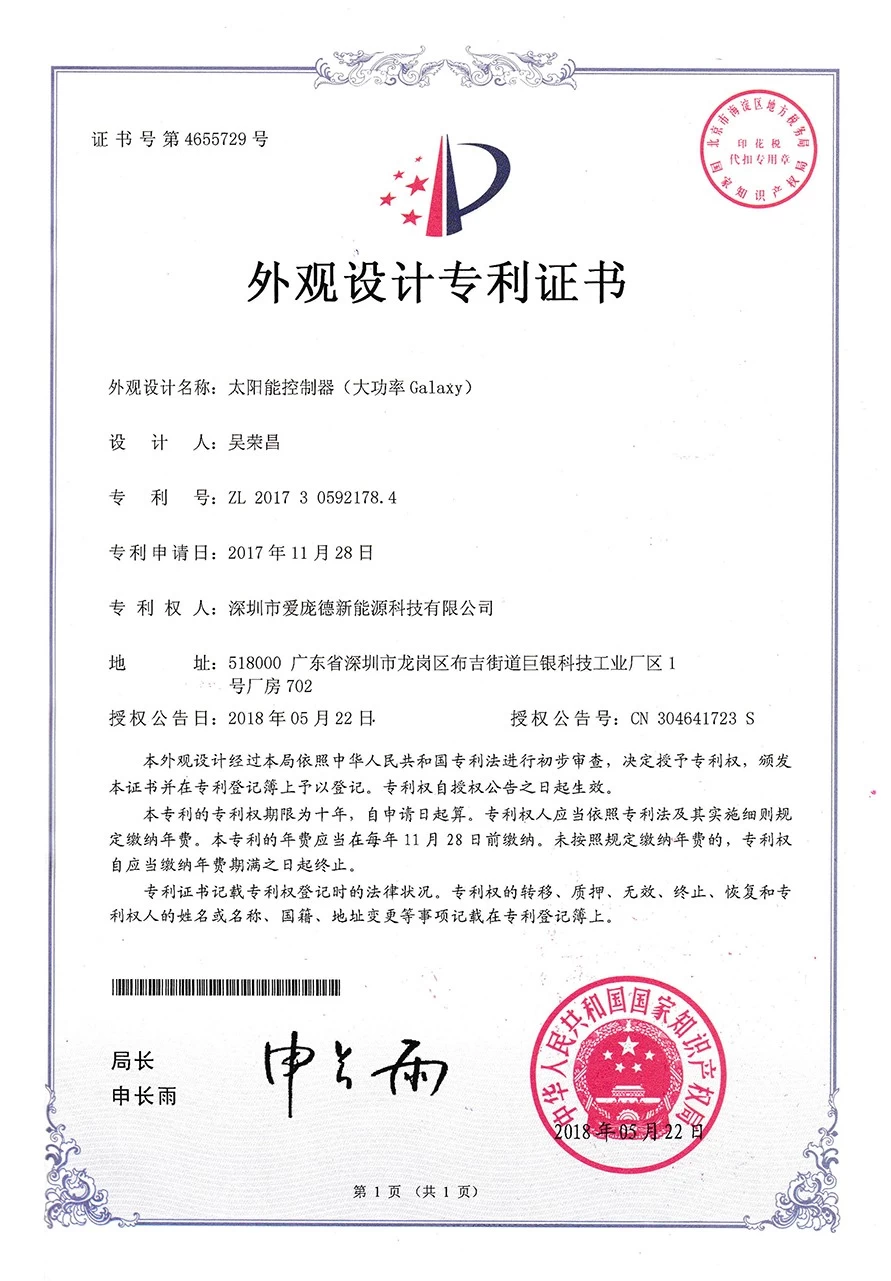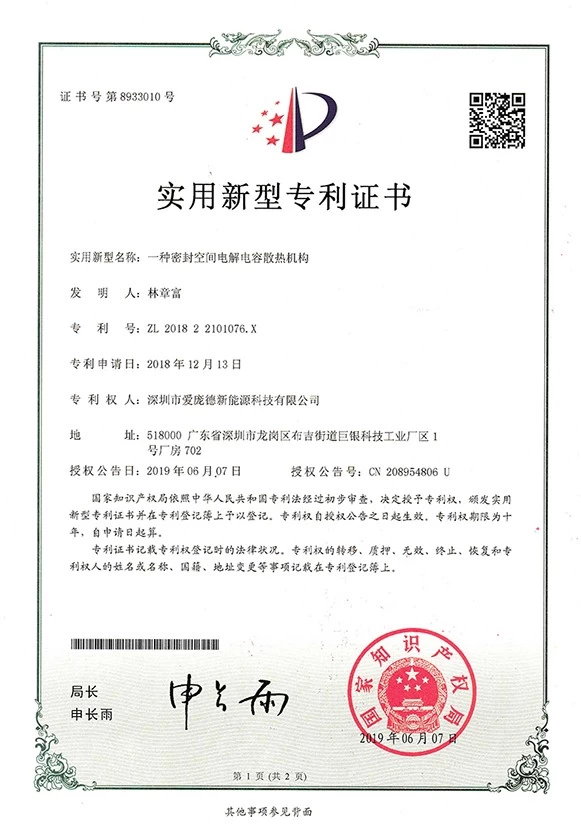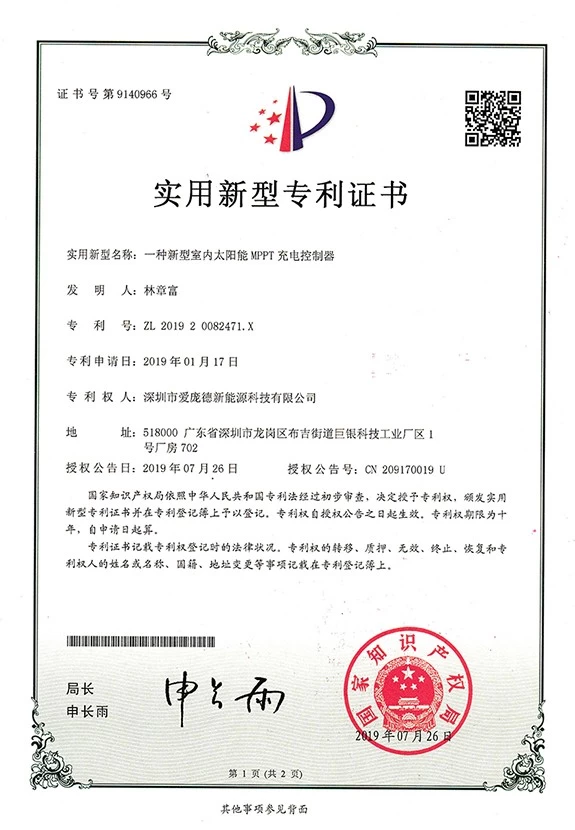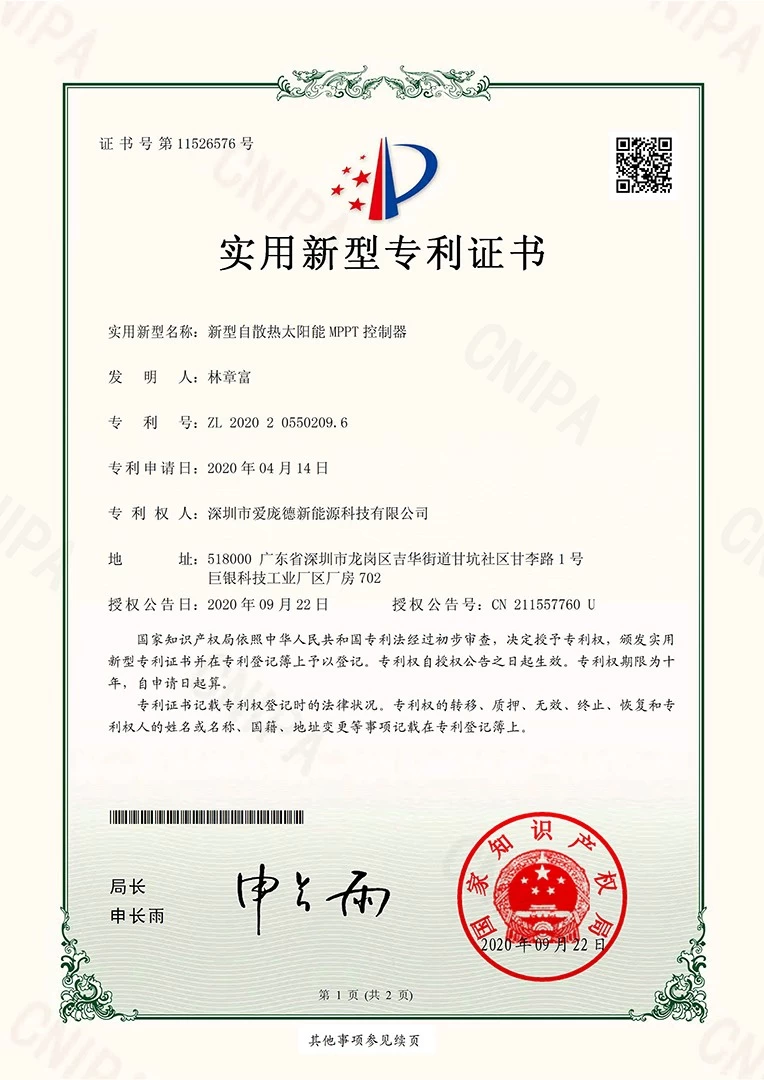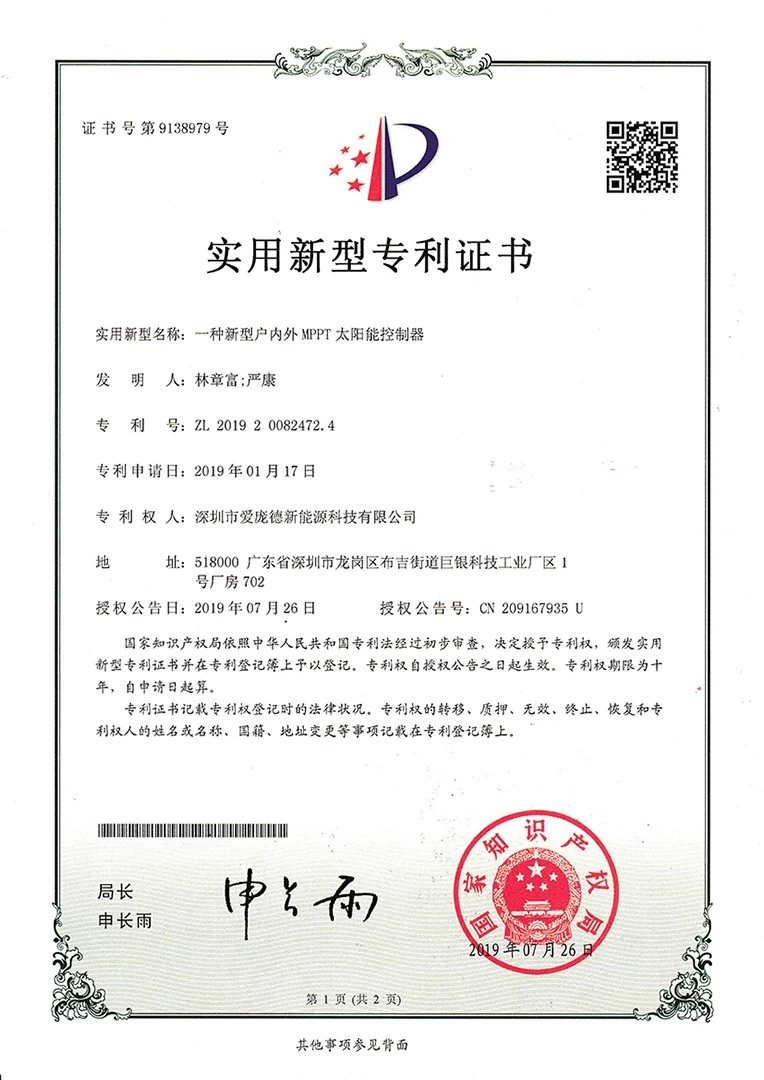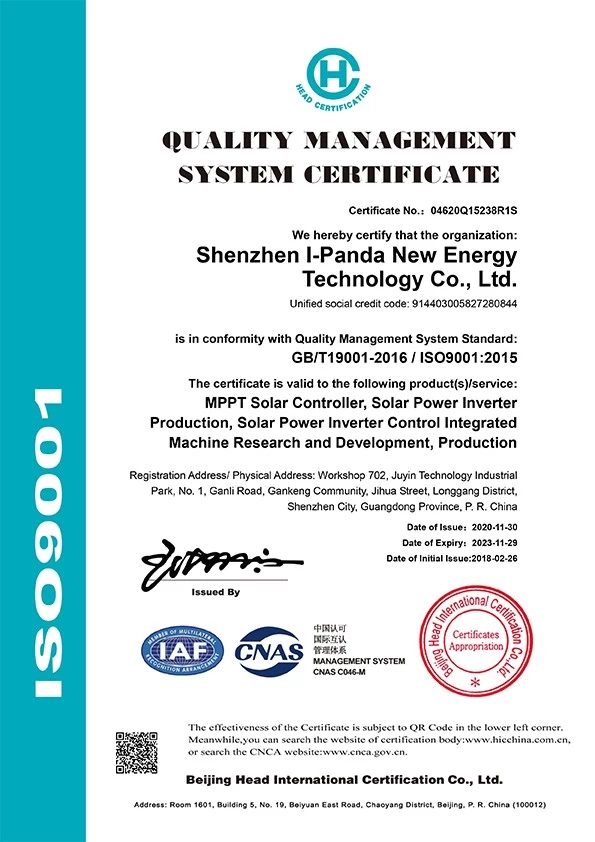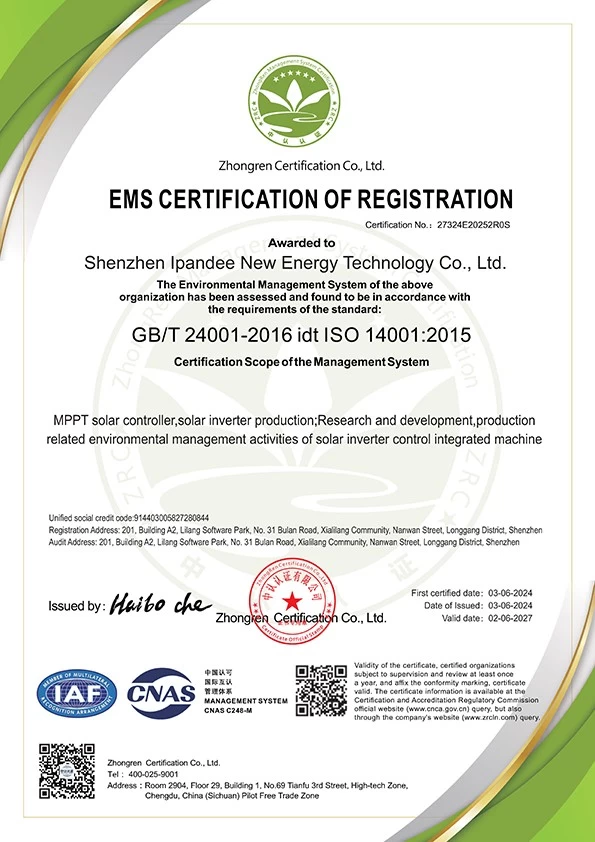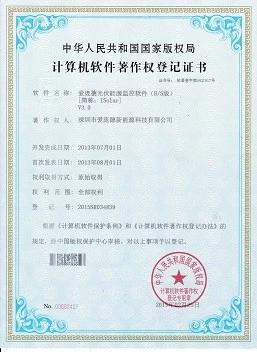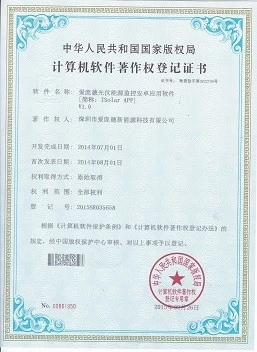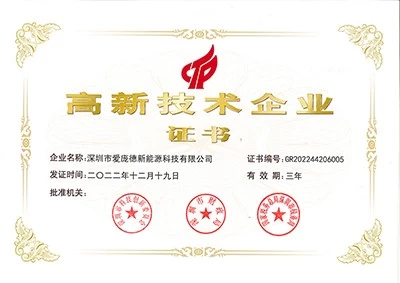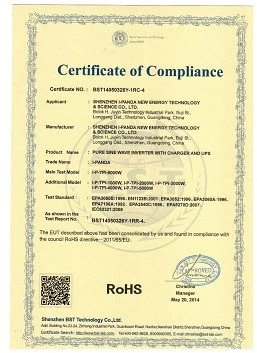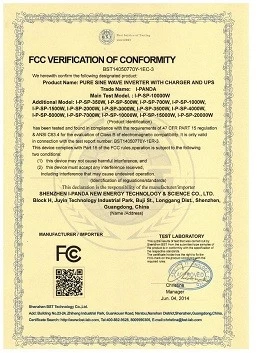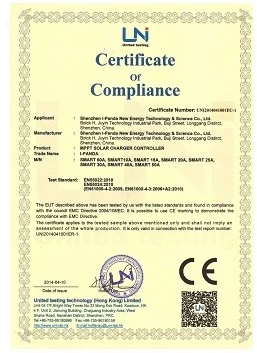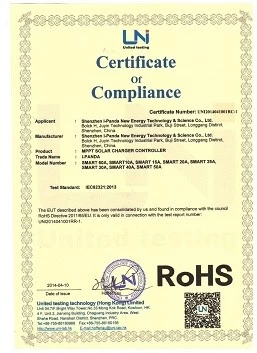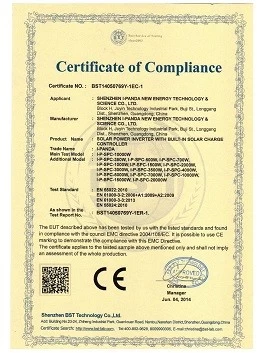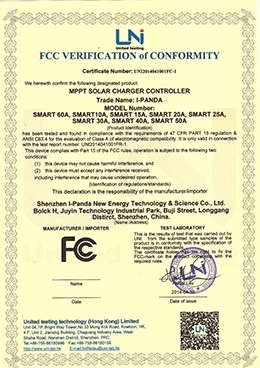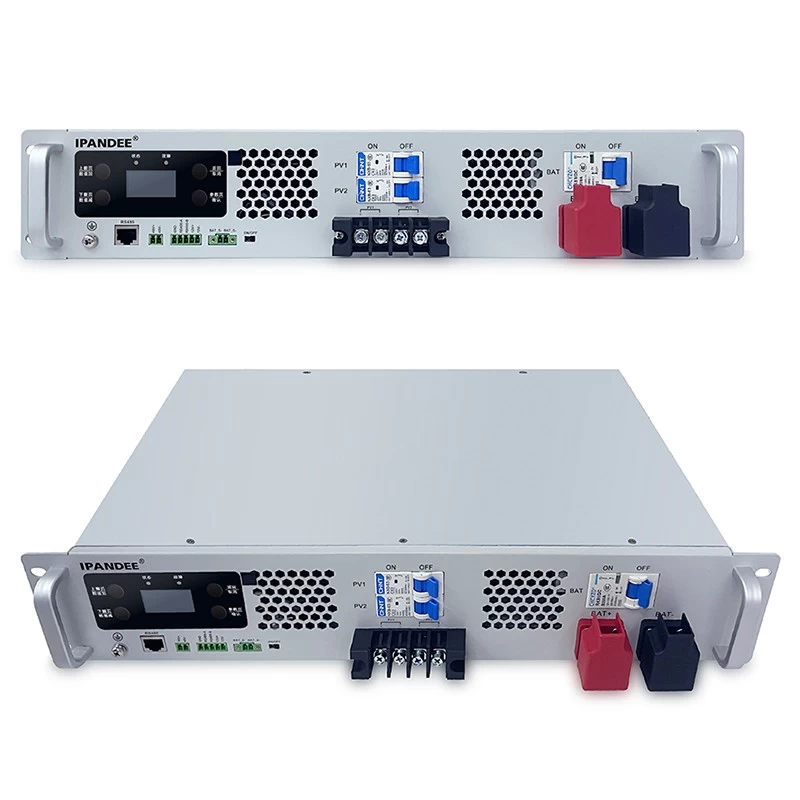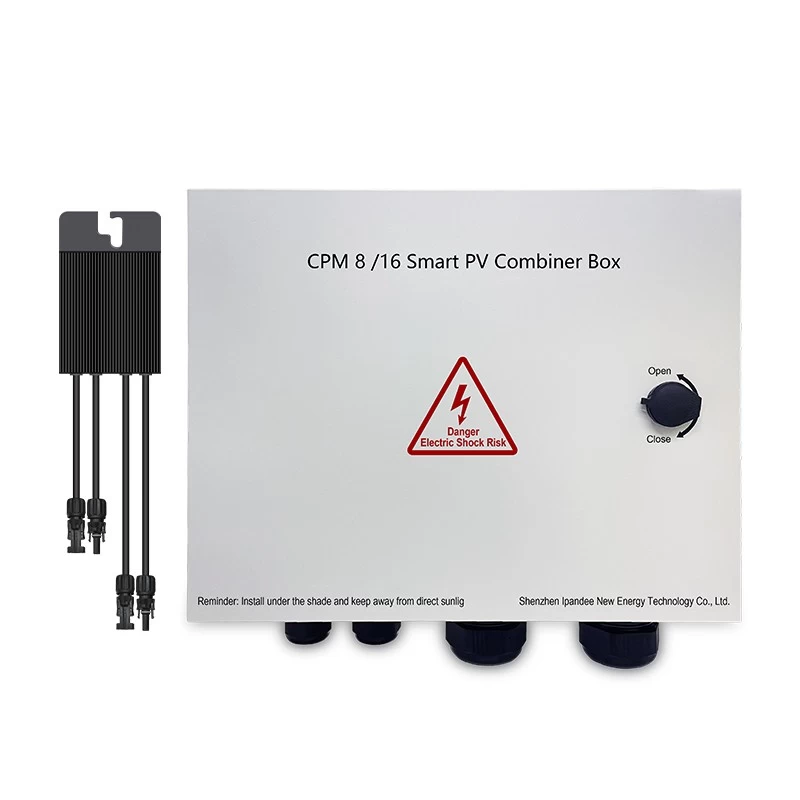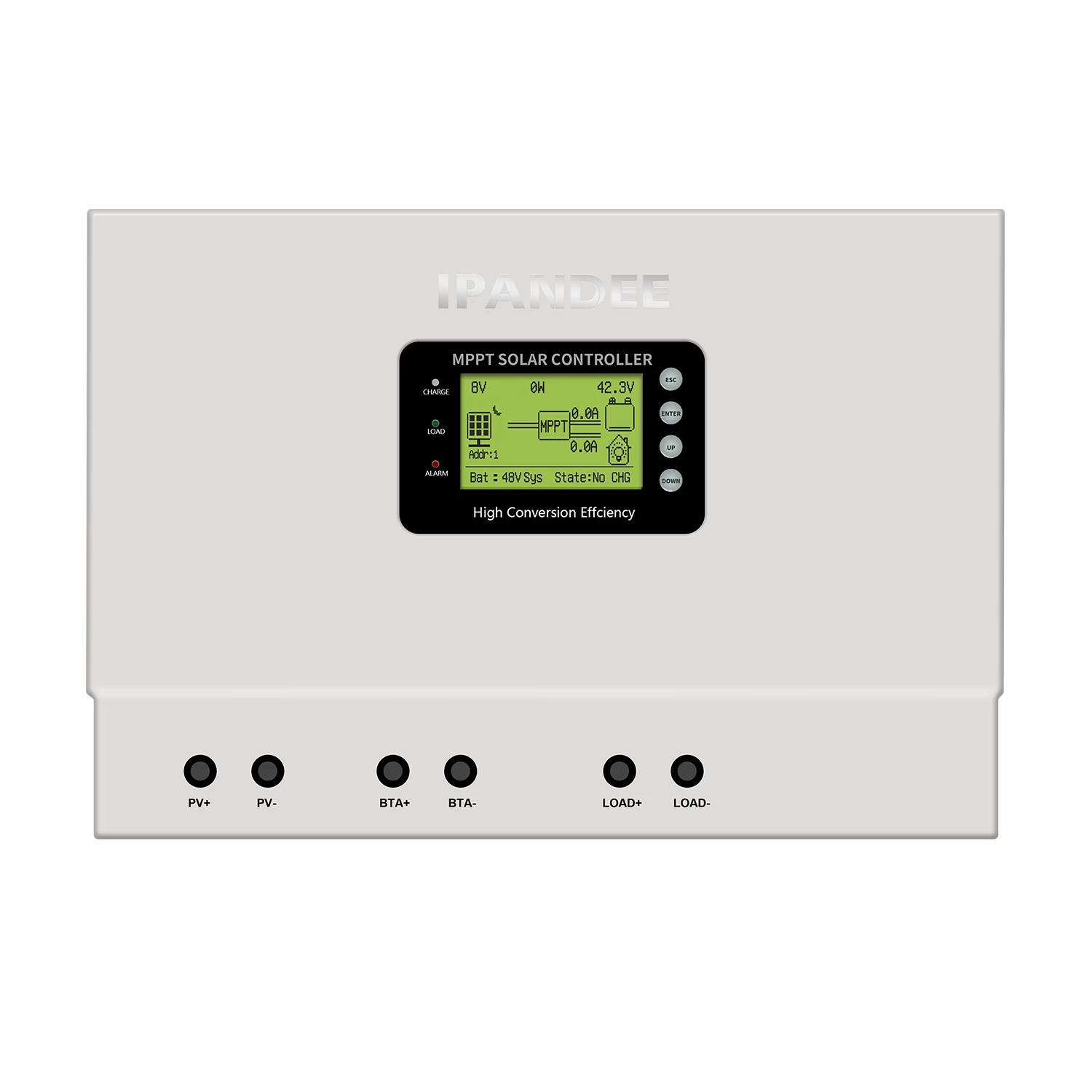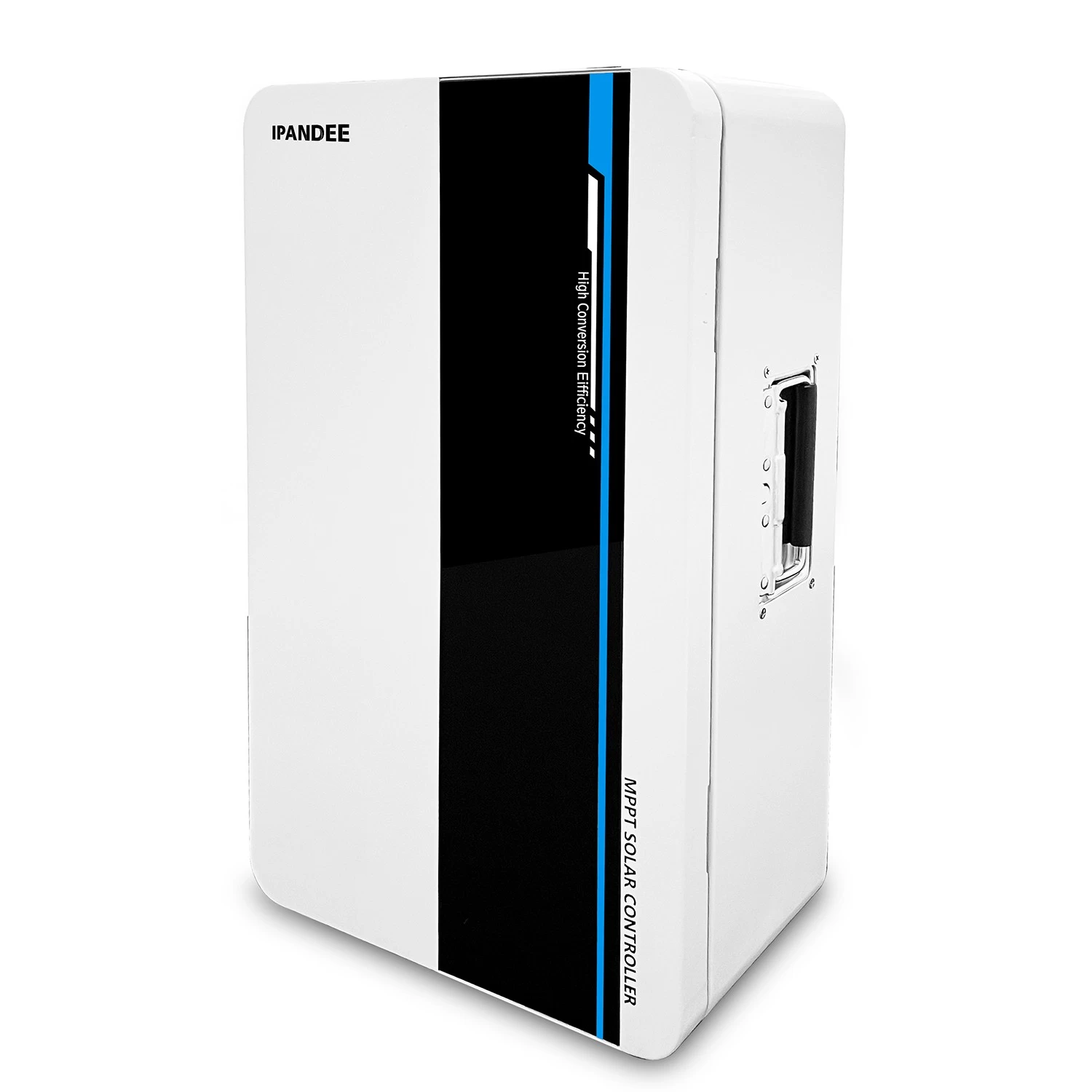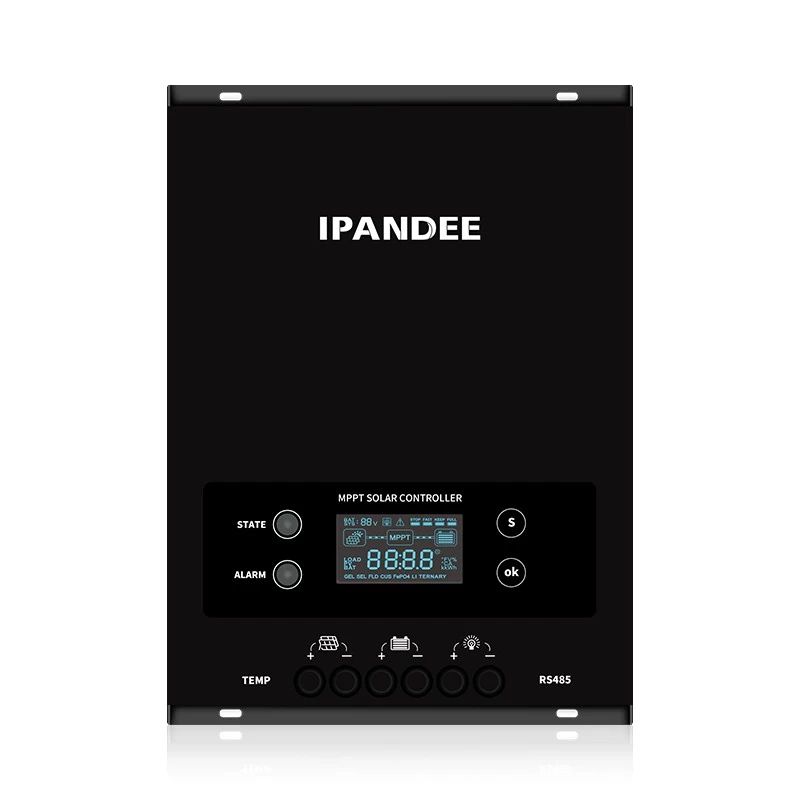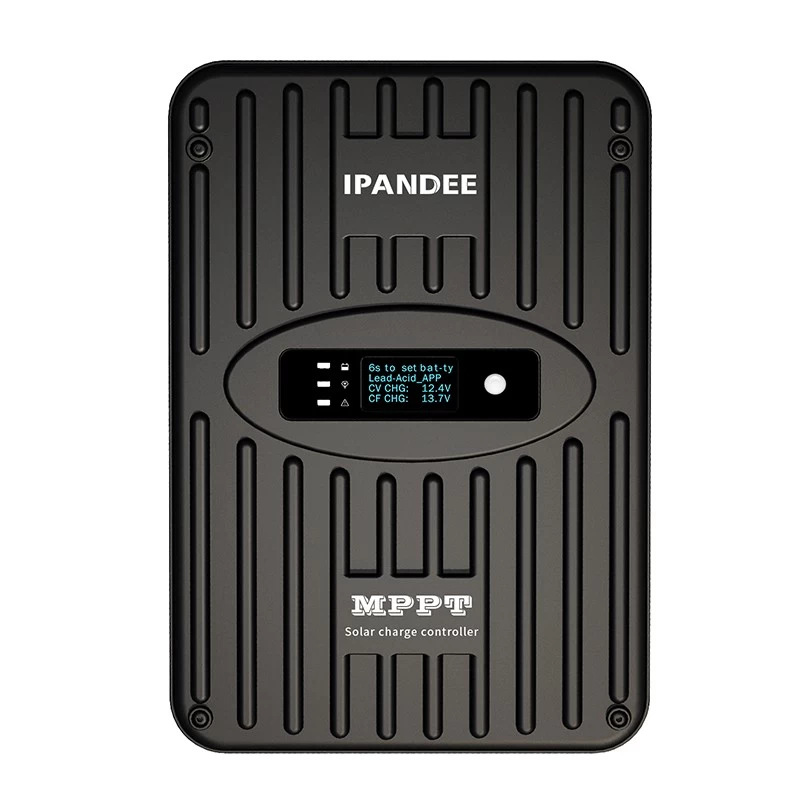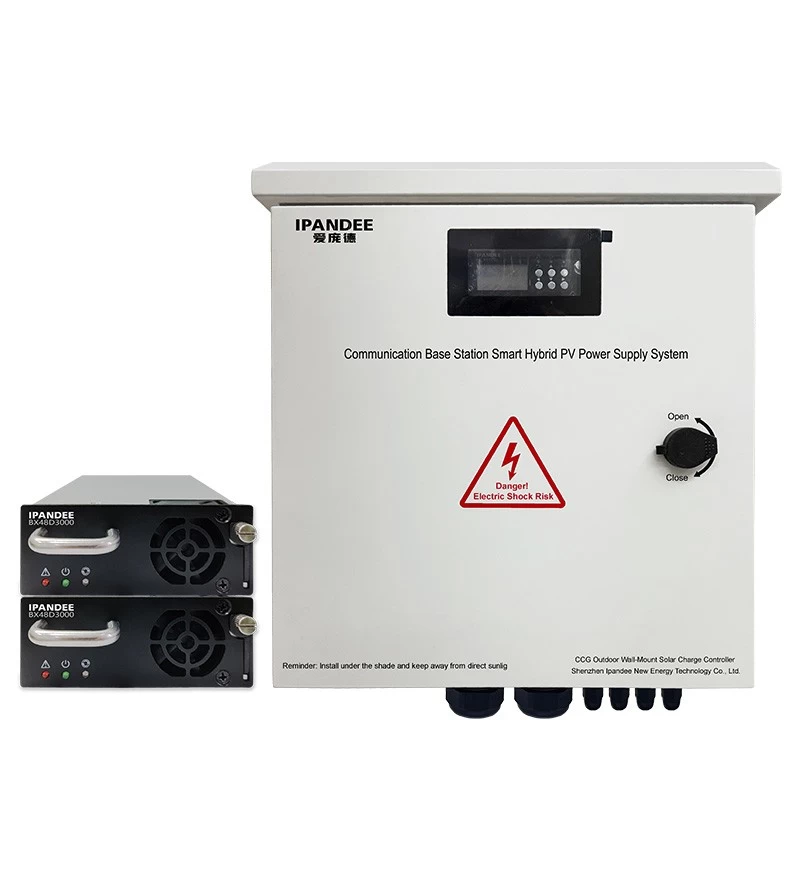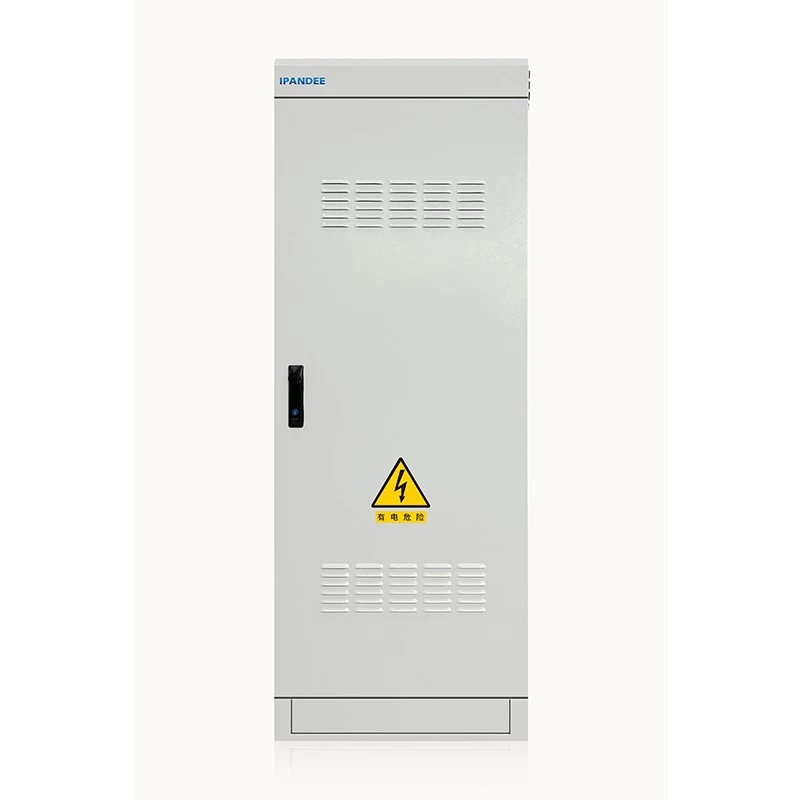Opportunities and challenges in the Japanese PV market
The Ministry of Economy, Trade and Industry (METI) Solar Energy Committee agreed to provide 14 yen/kWh ($0.13) in FIT for photovoltaic systems from 10 to 500 kW. The METI Minister will formally approve the plan at the end of March.
At the committee meeting, there was no discussion of residential (<10kW) FIT, which has been set at 24 yen or 26 yen/kWh ($0.22 or $0.24), depending on the region. Although the FIT level in the non-residential sector has decreased by 22% from the previous year, it is expected that this change will not cause much impact on the market.
Since the first major revision of the FIT in April 2017, the connection deadline for previously approved projects has been determined. The Ministry of Economy, Trade and Industry signed a contract with a utility company after August 1, 2016, setting a three-year deadline for non-residential PV projects over 10 kW. Projects approved in March 2017 need to be operational by March 2019. In addition, the Ministry of Economy, Trade and Industry has also developed new rules for projects that signed contracts before the end of July 2016.
In December 2018, METI announced new measures to address the FIT problem that has not yet been officially implemented, with the aim of reducing the financial burden of solar projects. The PV project will receive a reduced FIT based on its commissioning date and the full operational deadline. Projects above 2MW must be operational by September 2020, and projects below 2MW must be launched by March 2020.
According to METI, approximately 32 GW of non-residential FIT projects have not yet begun operations. Although projects with 2MW and above have set a longer deadline, it seems that most projects will still start operating between 2019 and 2020. These behaviors are likely to lead to future construction booms.
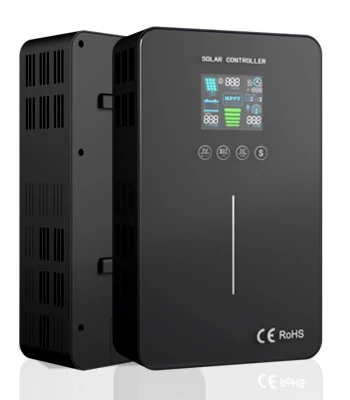
Innovative high-end design, outstanding performance.
METI tenderIn order to reduce the high electricity price of solar energy in Japan, the government began to implement the bidding plan in 2017. Three tenders were implemented by the end of 2018. These tenders are designed to select projects above 2MW. In the third bidding result announced in December 2018, the bidding capacity exceeded the target for the first time.
There was no winning bid for the second tender because the highest price disclosed after the tender was less than 15.55 yen/kWh ($0.14). A total of 196.96 MW of seven projects won the bid. The lowest bid price is 14.25 yen / kWh (013 US dollars), the highest is 15.45 yen / kWh (0.14 US dollars). The cost reduction achieved through the use of the tendering scheme was confirmed.
The METI 2019 fiscal year's PV bidding plan is expanded to 500 kW or higher with a total target capacity of 750 MW (fourth tender: 300 MW, fifth tender: 450 MW). The ceiling price will not be announced in the fourth tender, and the fifth tender will announce the ceiling price after reviewing the results of the fourth tender. Assuming the scale of the target total capacity and the third tender, METI expects that the bid will be successful this year. Recent Japanese modules andInverterThe price cut will definitely help the bidding participants.
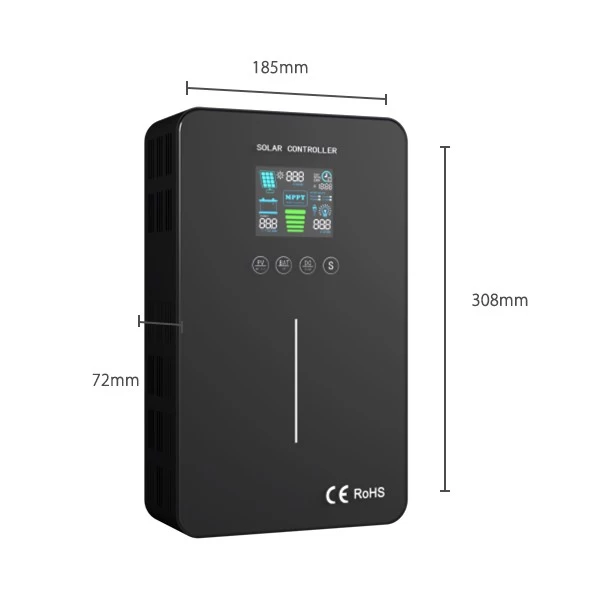
The materials are carefully selected.Multiple colors to choose from
Residential storage opportunityParticipants in the PV residential industry will face tremendous opportunities to transform storage devices. In 2019, the FIT of residential PV systems is about to expire. As of November 2019, 10 years after the launch of the program, the number of photovoltaic roof systems that FIT is about to expire is expected to reach 530,000, a total of 2GW. By 2023, this number will grow to 1.65 million systems and the capacity will reach 6.7 GW.
These residential PV owners have multiple options, such as electric cars or battery combinations for self-consumption, or sales of surplus electricity through one-to-one contracts from utility companies or power producers and suppliers, which is newly established under the Japanese electricity market reform. Distribution business.
Residential PV companies now offer retrofit batteries and new homes. The heavy rains in western Japan and the earthquake in Hokkaido in 2018 have increased consumer interest. Many companies are also considering the post-FIT business model, using photovoltaics to add energy storage, ready for the post-FIT era.
Disclaimer: The content is partly from the internet. In order to pass on more information, it does not mean agreeing to its views or confirming its description. Article content is for reference only. If there is any infringement, please contact in time.





